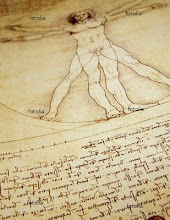







Usually used primarly on roofs and façades as insulation, it has gained recently a use as a building material suitable for the creation of three dimensional forms. Contributing for this was the innovation of computer techniques like the controlled laser cutting and milling which allow EPS to be processed 3dimensionally.
Technical characteristics
On its structure EPS is composed by millions of beads, each of which forms an extremely fine closed cell. Its important to say that only approximately 4% of this material is on its essence polysterene, all the rest 96% is in fact air.
Its an incredible material, because of its low weight and relatively strong, fairly elastic, extremely stable, and in addition absorbs well the impact. It absorbs very little humidity, its fungus-resistant and resistant to most salts, acids, fats, and has good insulation properties. EPS is extremely hygienic and may come into direct contact with food products. There's also available a self-extinguish version. It comes in a wide range of hardness, making it possible to match the material to the demands of a given application. EPS is an ecologically friendly material: it is completely free of CFKs, is produced in an energy-efficient way and IS FULLY RECYCLABLE !
Applications
Interior and exterior applications.
Colour: Variable
Glossiness: Glossy, satin, matt
Translucence (%): 0 – 20 – 40 – 60 – 80 – 100
Texture: Sharp, medium, dull
Hardness: hard, soft, depressible
Temperature: warm, medium, cool
Odour: Strong, moderate, none
Acoustic opacity: good, moderate, poor

No comments:
Post a Comment